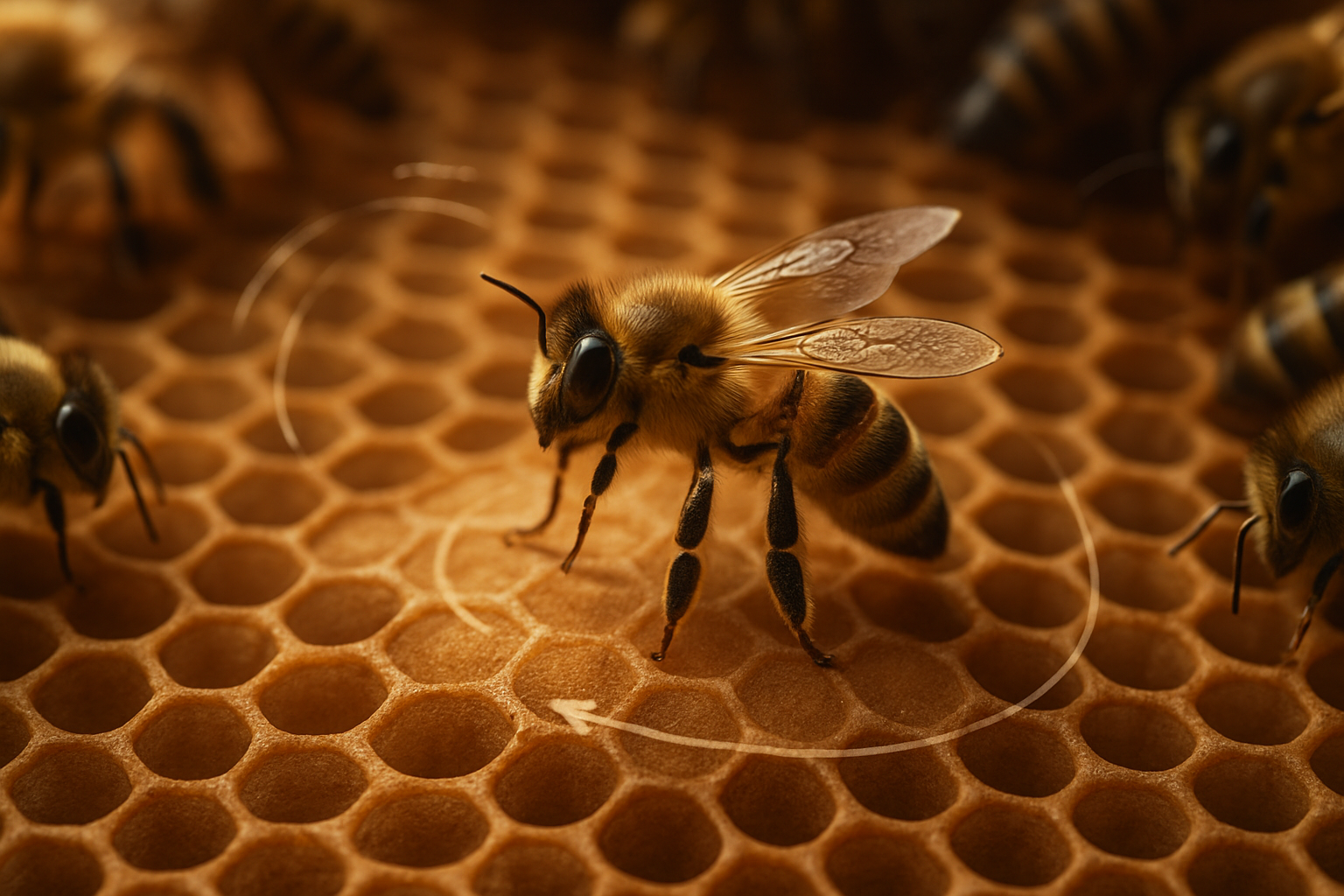Decoding the Dance of Bees: The Intricate World of Apian Choreography
In the realm of nature's marvels, few phenomena captivate the imagination quite like the mesmerizing dance of bees. These tiny, buzzing choreographers possess an extraordinary ability to communicate complex information through a series of intricate movements. From conveying the location of food sources to alerting the hive of potential threats, the bee dance represents a fascinating intersection of instinct, efficiency, and evolutionary brilliance. Join us as we delve into the captivating world of apian choreography, exploring its nuances, significance, and the groundbreaking research that continues to unravel its mysteries.

Von Frisch’s initial observations revealed that bees returning to the hive after discovering a rich food source would perform a specific dance to communicate its location to their fellow workers. This dance, now known as the waggle dance, became the centerpiece of bee communication studies and opened up a whole new realm of animal behavior research.
The Mechanics of the Waggle Dance
At the heart of bee communication lies the waggle dance, a complex series of movements that convey precise information about the location and quality of food sources. The dance typically takes place on the vertical surface of the honeycomb within the hive, where other bees can easily observe and interpret the movements.
The waggle dance consists of two main components: the waggle run and the return phase. During the waggle run, the bee moves in a straight line while rapidly vibrating its body from side to side. The duration and direction of this run encode crucial information about the distance and direction of the food source relative to the hive. The return phase involves the bee circling back to the starting point, alternating between clockwise and counterclockwise loops.
Decoding the Dance: Distance and Direction
One of the most remarkable aspects of the waggle dance is its ability to convey precise spatial information. The duration of the waggle run corresponds directly to the distance of the food source from the hive. Longer runs indicate greater distances, with each second of waggling typically representing about 1 kilometer of flight distance.
The direction of the food source is communicated through the angle of the waggle run relative to gravity. In the darkness of the hive, bees use gravity as a reference point, with the vertical line representing the direction of the sun. The angle between the waggle run and this vertical line indicates the angle between the food source and the sun from the hive’s perspective.
Beyond Food: The Versatility of Bee Communication
While the waggle dance is primarily associated with food source communication, recent research has revealed that bees use variations of this dance to convey a wide range of information. For instance, scout bees searching for new nest sites perform similar dances to recruit other bees to potential locations. The intensity and duration of these dances can indicate the quality of the proposed site, allowing the colony to make collective decisions about relocation.
Additionally, bees have been observed using modified dance patterns to alert the hive to potential threats or to signal the need for specific resources, such as water or propolis. This versatility in communication highlights the sophistication of the bee dance language and its crucial role in maintaining the health and survival of the colony.
The Impact of Environmental Factors on Bee Dance
Recent studies have shed light on how environmental factors can influence the accuracy and effectiveness of bee dances. Researchers have discovered that electromagnetic fields, both natural and human-made, can interfere with the bees’ ability to perform and interpret dances accurately. This finding has raised concerns about the potential impact of modern technologies on bee navigation and communication.
Climate change also poses a significant challenge to bee communication. As temperatures rise and weather patterns become more erratic, bees may need to adapt their dance language to account for changing landscapes and shifting food source locations. Understanding these adaptations is crucial for conservation efforts and the protection of these vital pollinators.
The Future of Bee Dance Research
As technology advances, so does our ability to study and understand the intricacies of bee communication. High-speed cameras and sophisticated tracking software now allow researchers to analyze bee dances with unprecedented precision. Some scientists are even exploring the possibility of using artificial intelligence to decode and predict bee behavior based on dance patterns.
The implications of this research extend far beyond the realm of entomology. Insights gained from studying bee communication have inspired innovations in fields such as robotics, swarm intelligence, and information theory. As we continue to unravel the mysteries of the bee dance, we may discover new solutions to complex problems in areas ranging from environmental conservation to urban planning.
In conclusion, the dance of bees represents one of nature’s most elegant and efficient communication systems. As we deepen our understanding of this remarkable phenomenon, we not only gain insights into the fascinating world of these industrious insects but also open up new avenues for scientific discovery and technological innovation. The bee dance serves as a powerful reminder of the intricate connections that exist within the natural world and the endless potential for learning from even the smallest of creatures.




